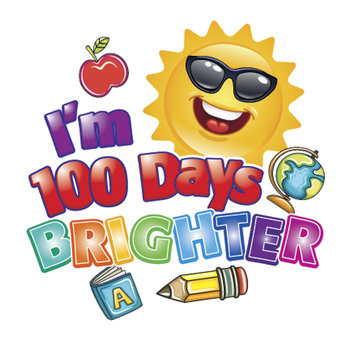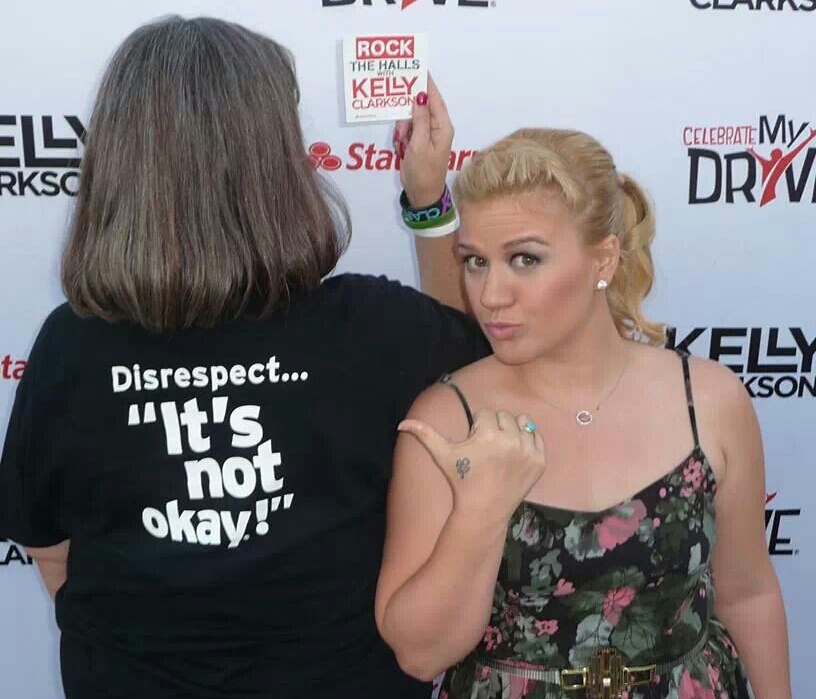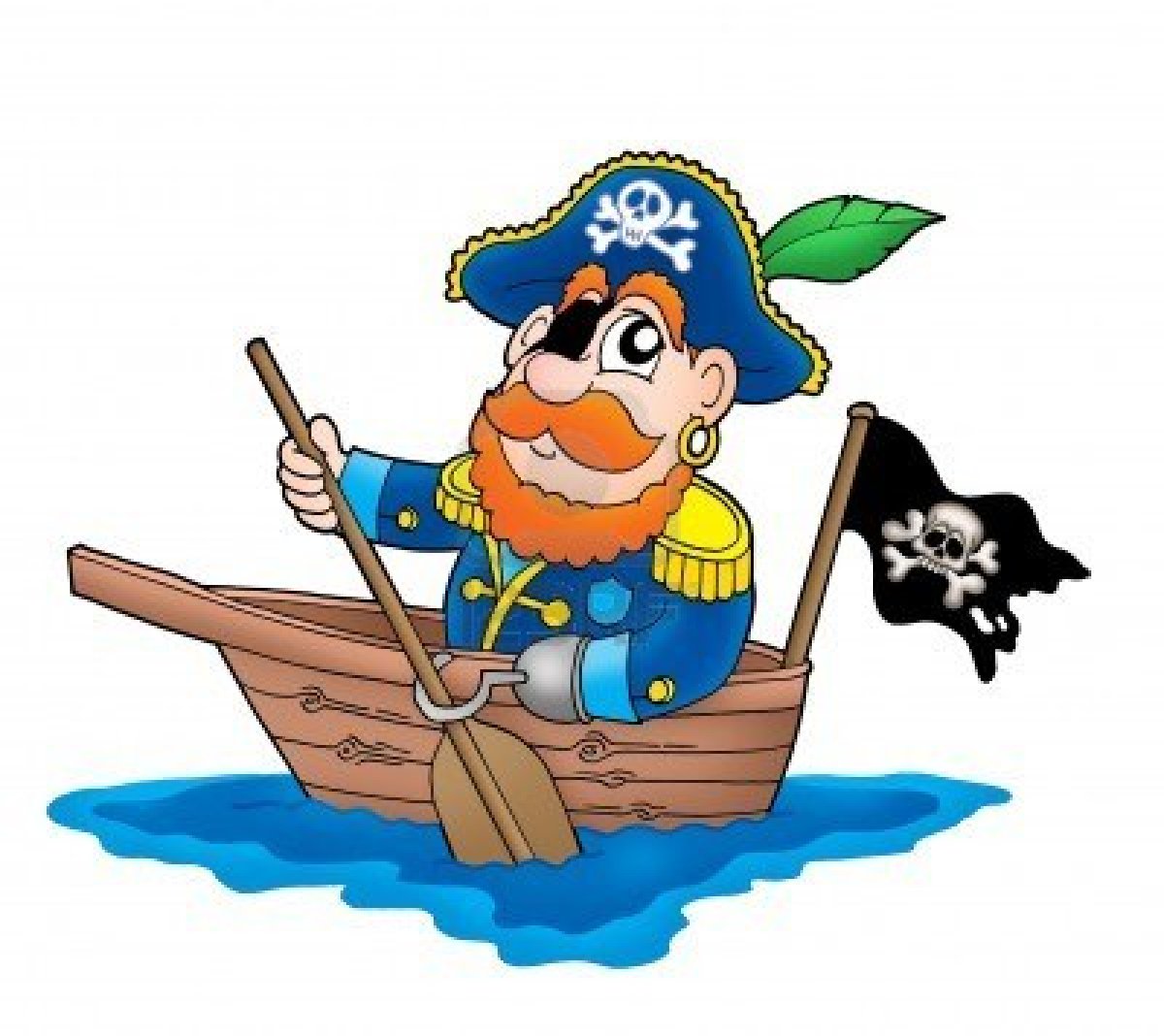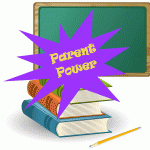Kid Inventors’ Day
 January 17th is marked on the calendar as “Kid Inventors’ Day.” The ingenuity of kids can be astounding. Not scared to think outside the box, historically kids were a leading force behind many inventions still used today. Through STEM education in schools, kids today continue to change the world with their innovative minds. Here’s a list of 5 inventions, some old and some new, made by kids:
January 17th is marked on the calendar as “Kid Inventors’ Day.” The ingenuity of kids can be astounding. Not scared to think outside the box, historically kids were a leading force behind many inventions still used today. Through STEM education in schools, kids today continue to change the world with their innovative minds. Here’s a list of 5 inventions, some old and some new, made by kids:
- Toy Truck: First patented by 6-year old Robert Patch in June 1963 and a favorite toy of kids everywhere today, the first play vehicle could be taken apart, rebuilt, and transformed into other types of vehicles.
- Ear Muffs: In the winter of1873, 15-year old Chester Greenwood was out trying to enjoy a new pair of ice skates. Frustrated that his ears were getting so cold, the teenager tried tying a scarf around his head but found that was too itchy and bulky. His solution: Chester bent wire into two round loops and asked his grandmother to sew fur on them. Connected by a steel headband, Ear Muffs were invented.
- Braille: After an eye injury at the age of 3 caused sight loss in one eye and a disease at age 5 left him completely blind, French-born Louis Braille invented his own reading and writing method using raised dots arranged in specific patterns at the age of 15. Although not a method widely used upon it’s initial invention, after Braille’s death at the age of 43, the sophisticated method for communication for the blind was widely adopted and is still used today.
- Smart Wheel: “Safe Motorist Alert for Restricting Texting, Tweeting, Typing, Touch screens, and Touch ups” was invented by a group of teenagers some even too young to drive themselves with the intention to help curb distracted driving. The Smart Wheel is a steering wheel cover that contains censors and LED lights that determines when a driver no longer has two hands on the wheel.
- Sign Language Translator: After watching a translator verbalize a fast food order for a group of dead people in 2002, Ryan Patterson, then 17, invented a glove that contained sensors to translate the motions of American Sign Language on a digital display. Later added was an audio feature.





